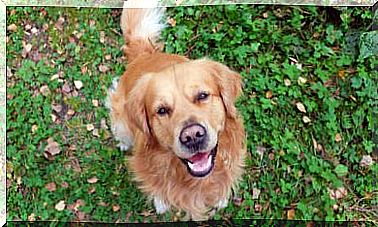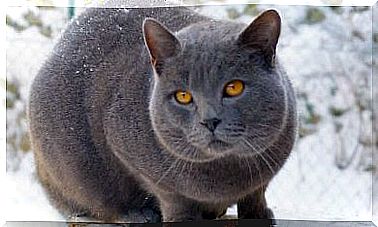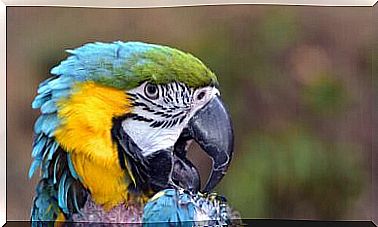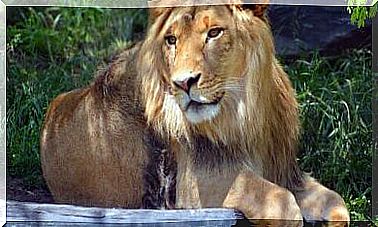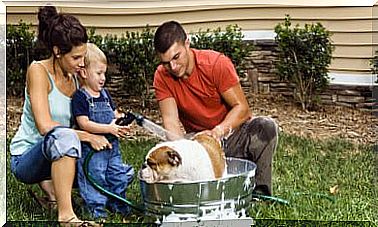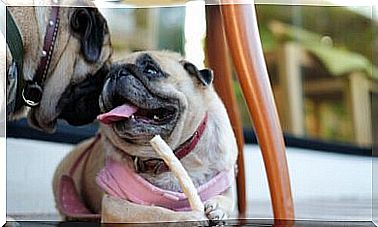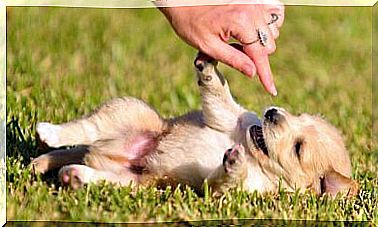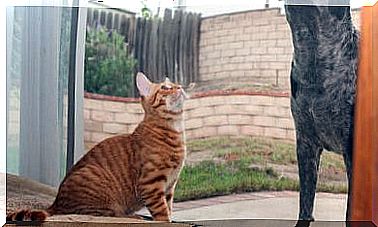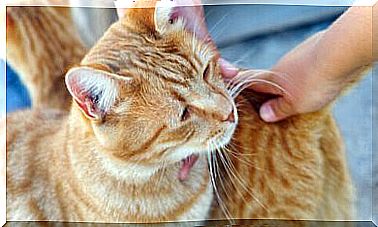Toxic Plants For Cats: What Are They?
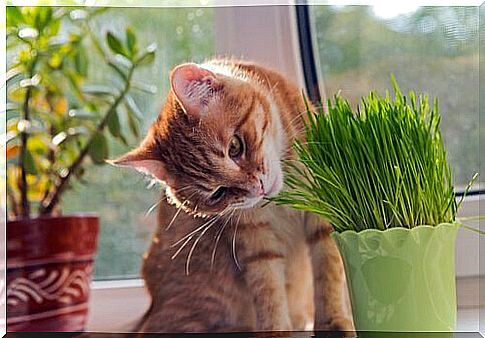
Cats love to eat grass and, although they instinctively know which plants are good and which are toxic to health, they sometimes fail to recognize them, even taking on serious risks. Which plants are toxic to cats ?
In this article, you will find out which are some plants that are toxic to cats. Be careful if you have them at home!
Are there plants that are toxic to cats?
Without even realizing it, we may have created a dangerous environment for our pet at home simply by decorating and filling in empty corners.
Keep in mind that felines are curious animals and that bouquets of flowers and other plants are a real “weakness” for them.
When we bring a cat home, the danger increases, since it does not know the environment that surrounds it and does not have the necessary experience to understand if something is harmful to it or not.
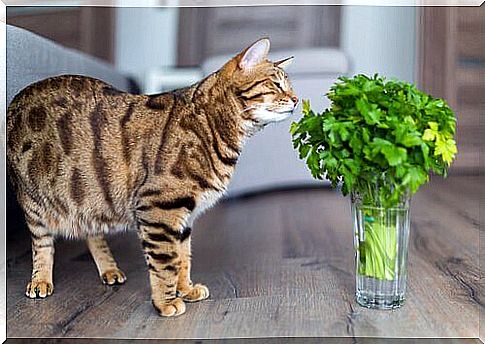
It all depends on the type of contact the animal has with the outside. The situation changes if a cat lives in a city apartment or if it has constant access to the garden at home.
Of course, not all plants are toxic and some are toxic only in certain parts, such as leaves, flowers or bulbs. Furthermore, the effect will depend on the amount of plant ingested by the cat.
Not only is it important to know which plants are toxic to cats, but also to know the effects on their health: digestive, ocular, neurological, dermatological, respiratory or heart problems.
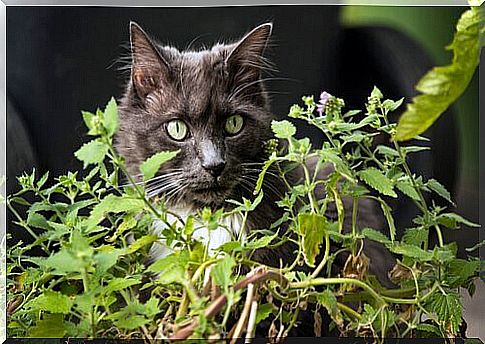
Among the most dangerous species we find:
1. Christmas star
This plant is usually given during the Christmas period, given its bright red color. All parts of this plant are toxic to cats due to the sap that covers it.
If the animal ingests it, it may suffer from abdominal pain, vomiting, diarrhea, irritation of the mucous membranes or hypersalivation. If you touch it without swallowing it, it may itch or dermatitis.
2. Sago palm
It is a very common plant in home decorations ; it is a small tropical plant.
If the cat ingests it, it will suffer the same effects as in the case of the poinsettia.
If you ingest large quantities and repeatedly, you could suffer irreversible liver problems and even die.
3. Holly
This small tree, famous for its red fruits also used as a Christmas decoration, is toxic if the cat eats its seeds or fruits.
In fact, this plant contains substances called saponins, which cause gastrointestinal problems in animals.
4. Ivy
There are different types of ivy, all of which are toxic to cats. In fact, both indoor and outdoor ones produce highly toxic fruits for felines.
If the animal comes into contact with the plant or its fruit, it will present with rashes, dermatitis and blisters.
The most serious problem, however, is the ingestion of ivy, which can cause fever to spasms, passing through diarrhea and vomiting up to the alteration of the heart rhythm.
In older animals, it could lead to death.
5. Liliaceae
These are common flowers for interior décor due to their beautiful colors. They have substances that cause acute renal failure in cats. No matter which part of the plant – stem, flower, leaves, roots, pollen or pistils – the animal is exposed to, the risk is always very high.
If, for example, the cat passes under or to the sides of the liliaceae and a little pollen falls on its fur, when the animal licks itself it may ingest it.
The side effects are lethal, and cats that survive this plant suffer from chronic kidney failure.
6. Azaleas
Here is another toxic plant for cats that is often present in our homes. It contains a very powerful toxin that affects cell membranes and causes neurological, gastrointestinal and cardiovascular problems.
This toxin is found throughout the plant and the consumption of one or two leaves is enough for the animal to become intoxicated.
It is impossible to prevent the cat from curious about all corners of the house, just as it is unfair to give up beautifying the house with colorful plants and flowers.
For this, we advise you to avoid those that are toxic to your pet, in order to solve the problem.
